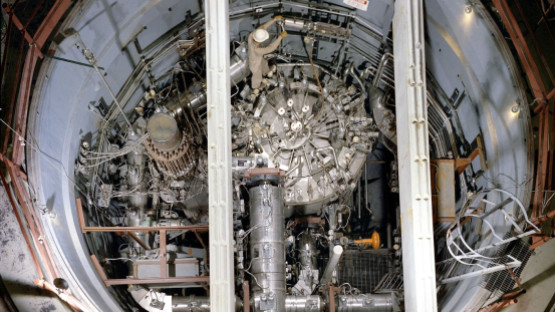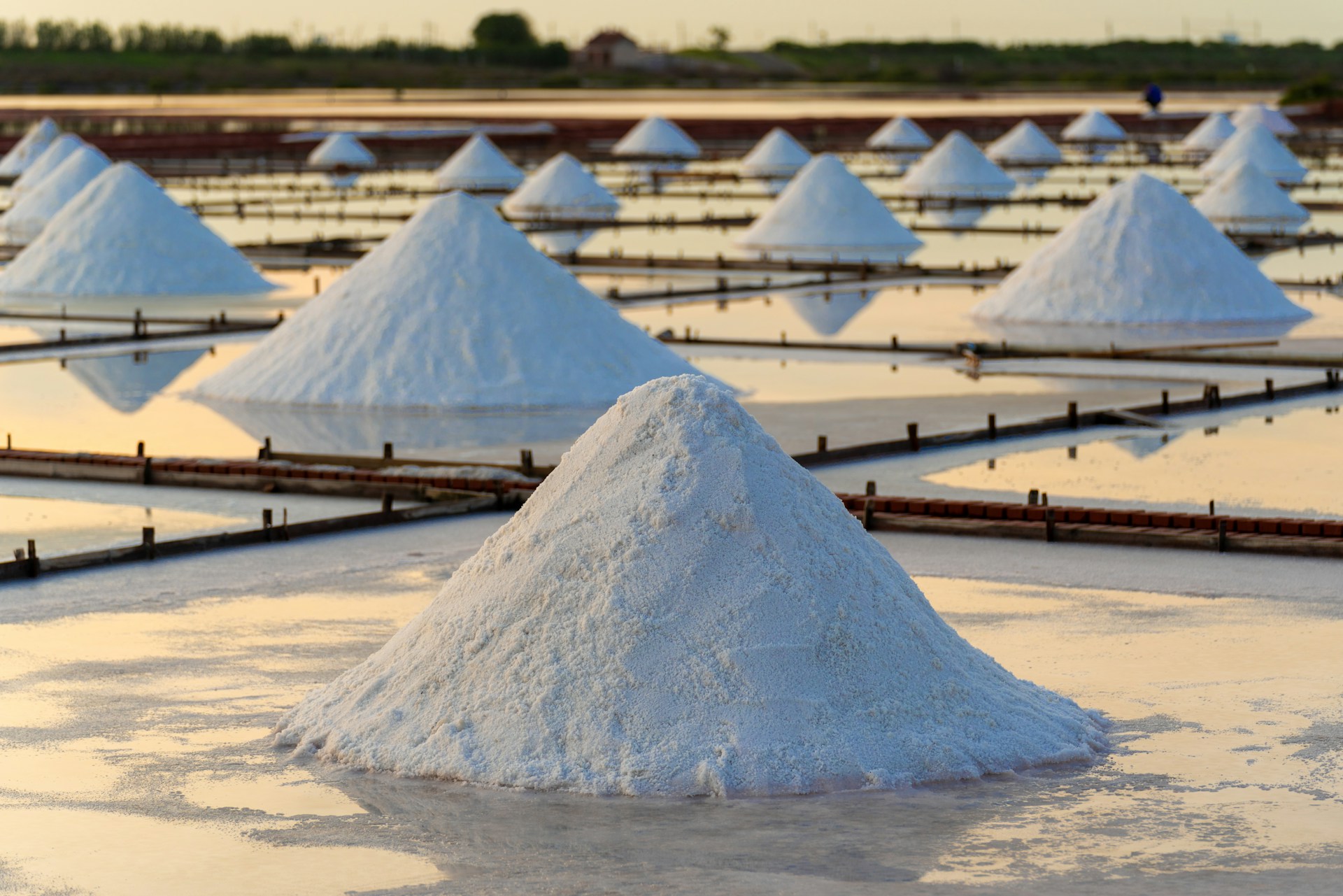Molten Salt Reactor’s (MSRs) use liquid fuel dissolved in molten salt, offering better safety and efficiency compared to traditional reactors. MSRs are being heavily researched and garnering more support as a viable alternative to fossil fuels and conventional reactors because they meet both power generation and industrial needs.
The Advantages of Molten Salt Reactor’s vs Traditional Reactors
Unlike conventional reactors that use solid fuel rods and water for cooling, MSRs can operate at much higher temperatures while maintaining low pressure.
“The use of molten salt in the reactor core allows for higher efficiency in energy conversion,”
said Nick Smith, Project Director for the Molten Chloride Reactor Experiment (MCRE) at Idaho National Laboratory (INL). He added,
“It’s the most exciting thing I’ve ever been a part of, combining cutting-edge technology with the sense of urgency to provide a low-carbon solution for our energy needs”
Another feature of MSRs is their passive safety mechanism. Gerardo Martinez-Guridi, a nuclear engineer at the International Atomic Energy Agency (IAEA), explained,
“Many MSRs using liquid fuel can automatically shut down if their temperature becomes too high. This feature makes them ideal for meeting dynamic electricity demand by allowing quick output adjustments”
This natural shut-off capability could be a positive factor for safety concerns surrounding nuclear energy.
Nuclear Waste From Molten Salt Reactors’s
One of the points that really makes the MSRs stand out against conventional reactors is their potential to reduce nuclear waste. Traditional reactors produce long-lived waste that requires secure storage for thousands of years. MSRs, particularly those using fast-spectrum designs, can “burn” this spent fuel.
“Fast-spectrum reactors can consume certain waste products, reducing the amount of long-lived waste that must be isolated from the environment,”
said a representative from INL.

Research and Industry Partnerships
Researchers at Oak Ridge National Laboratory (ORNL) have made significant breakthroughs in understanding the behaviour of molten salts. A team led by Santanu Roy at ORNL recently published findings on uranium chloride salts, offering insights that could improve reactor designs. Roy stated:
“A better ability to predict and calculate the microscopic behaviors is critical to design, and reliable data helps develop better models,”
Moreover, public-private partnerships are playing an important role in advancing MSR technology. TerraPower, co-founded by Bill Gates, is working with Southern Company and INL to develop a fast-spectrum MSR. This collaboration, part of the U.S. Department of Energy’s Advanced Reactor Demonstration Program, aims to have a test-bed reactor operational by 2027.
The Future of Molten Salt Reactor’s
While MSRs have been under development for decades, recent advances have led to them being considered for possible commercial deployment within the next decade.
“MSRs offer solutions to many of the challenges facing nuclear energy today,”
said Alex Ivanov, a researcher at ORNL.
“By improving predictive models and understanding molten salt behaviour, we are one step closer to creating reactors that can meet global energy demands while minimising environmental impact”
As nuclear energy remains an important part of the global decarbonisation efforts, molten salt reactors stand out as a potential technology for the future due to their ability to reduce waste, enhance safety, and provide energy for industrial applications.

Hassan graduated with a Master’s degree in Chemical Engineering from the University of Chester (UK). He currently works as a design engineering consultant for one of the largest engineering firms in the world along with being an associate member of the Institute of Chemical Engineers (IChemE).



